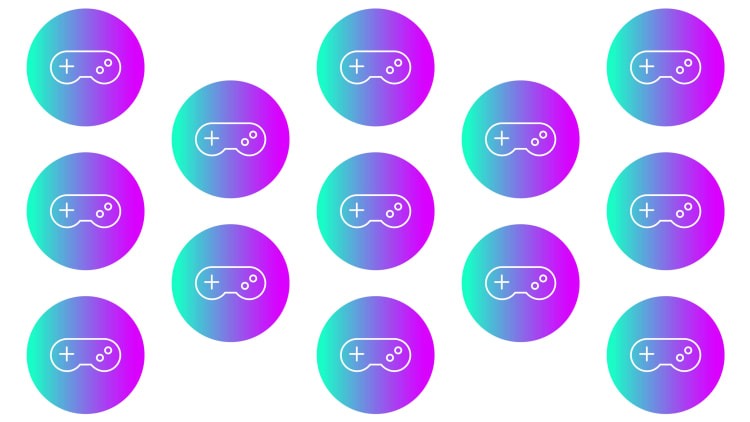- | 9:00 am
What do some of the most successful video games have in common? They’re all catnip for TikTok
Games like ‘Spider-Man 2,’ ‘Baldur’s Gate 3,’ and ‘Zelda: Tears of the Kingdom’ are designed to surprise and delight—and flourish on social media.

“Lifelike realism”—in the world of video games, at least—has long referred to audiovisual fidelity. The more pixels a game has, the faster its frame rates, the more encompassing its sound, the more “real” it is. But some of the best new games are creating experiences for players that feel lifelike in a different way: by mirroring the vastness and complexity of daily life.
Yes, the Manhattan Bridge gleams recognizably in the East River dawn in Insomniac Games’ Spider-Man 2, and the Q Train rumbles and creaks in a way any interborough traveler will know. But as you swing through New York City, it’s the snatches of overheard conversations from the endless non-player characters around you—about a new nannying gig or an upcoming game night with friends—that feel both as random and numerous as any chatter you’d hear from the city’s actual 8.8 million residents.
Credit the sheer size and scope of video games’ budgets and development cycles, which now consume hundreds of millions of dollars and multiple years of work, as well as PCs and video game consoles that put terabyte-sized hard drives and multi-core processors in everyday gamers’ hands. This scale and power give developers the ability to empower gamers with freedom and choices like never before. Players of Nintendo’s Zelda: Tears of the Kingdom can craft weapons and flying machines that are limited only by their imagination. Even kids enjoying an app that started years ago as a simple digital coloring book—Crayola Create & Play, developed by Red Games—now access an open world where they can mine into the Earth’s core, fly up to the clouds, and control the weather in exquisitely colorful ways, right down to creating purple rain.
In a game like Baldur’s Gate 3 by Larian Studios, choices are nearly endless. Flipping a coin down a well could unspool an epic adventure into a vast and hidden underground world, or not, echoing life’s unpredictability. If you cast the right spells, even fallen corpses and passing squirrels will share their point of view with you, making you feel like no one has ever experienced the game the way you have—and that you’ll never possibly know everything it has to offer.
It’s no wonder that users are increasingly heading to TikTok—that most individualized, endless, niche-filled social media platform—to consume content about video games and post their own gameplay. “People now share their in-game experiences on social media the same way they post about concerts, holidays, and meals,” notes Karol Severin, senior games analyst with MIDiA research.
The London-based firm calculates that Gen Z and Millennials spend more than 20% of their digital entertainment time playing video games. In America, more people watch video game content than soccer. Gaming content received 3 trillion views on TikTok in 2022, according to the app, and more than 50% of its viewers watched it daily. With its ability to hyper-tailor content to individual tastes—and feed gamers ideas of what they might want in their next challenge—the TikTok algorithm is now a crucial part of many games’ marketing strategies.
But games don’t need to have enormous budgets and massive teams to make players feel alive and eager to share their experiences. One of the top games on the PC marketplace Steam is Lethal Company, which came out in late October and was developed by a single person, an experienced Roblox developer known only as Zeekerss. In the game, teams of spacemen on faraway moons run from monsters, abandon one another in fear, and face life-or-death jump scares at every turn. The result? Stories of death and survival that players can’t wait to share and stream on TikTok and talk about in the rest of their real lives.






































